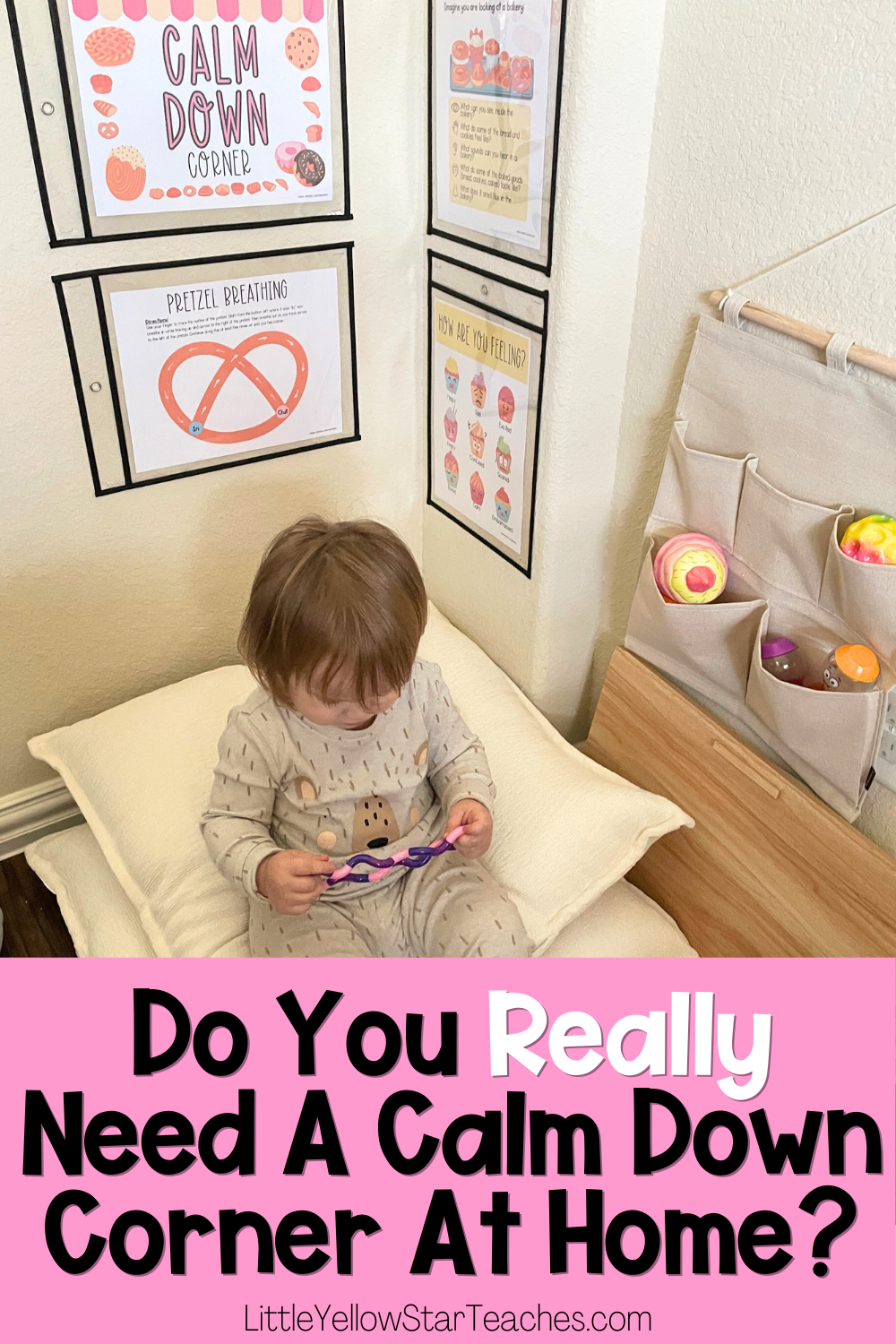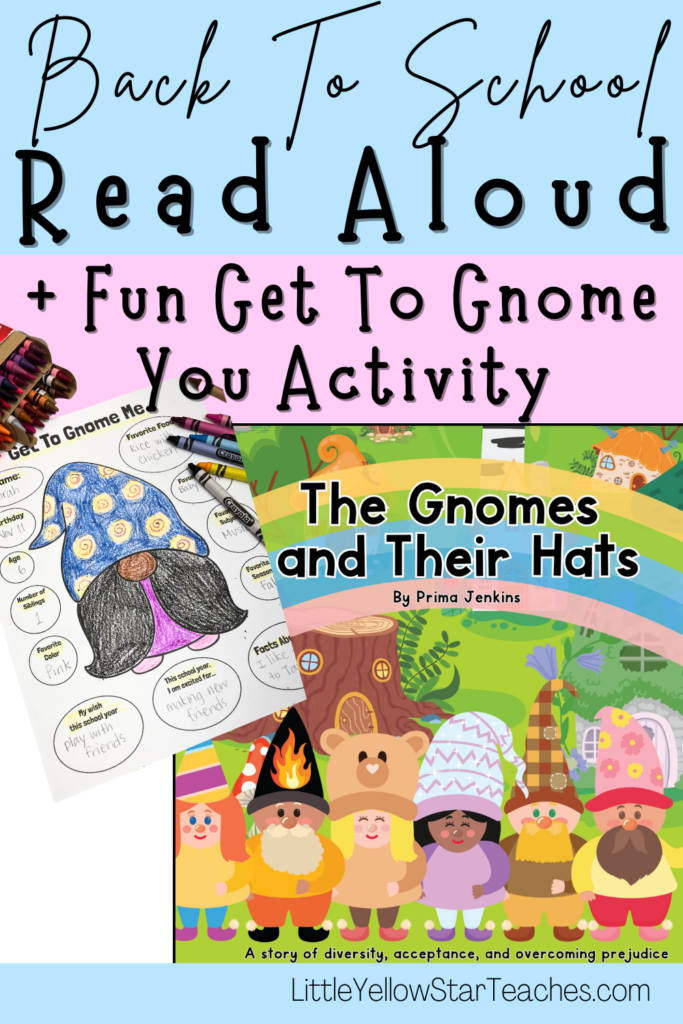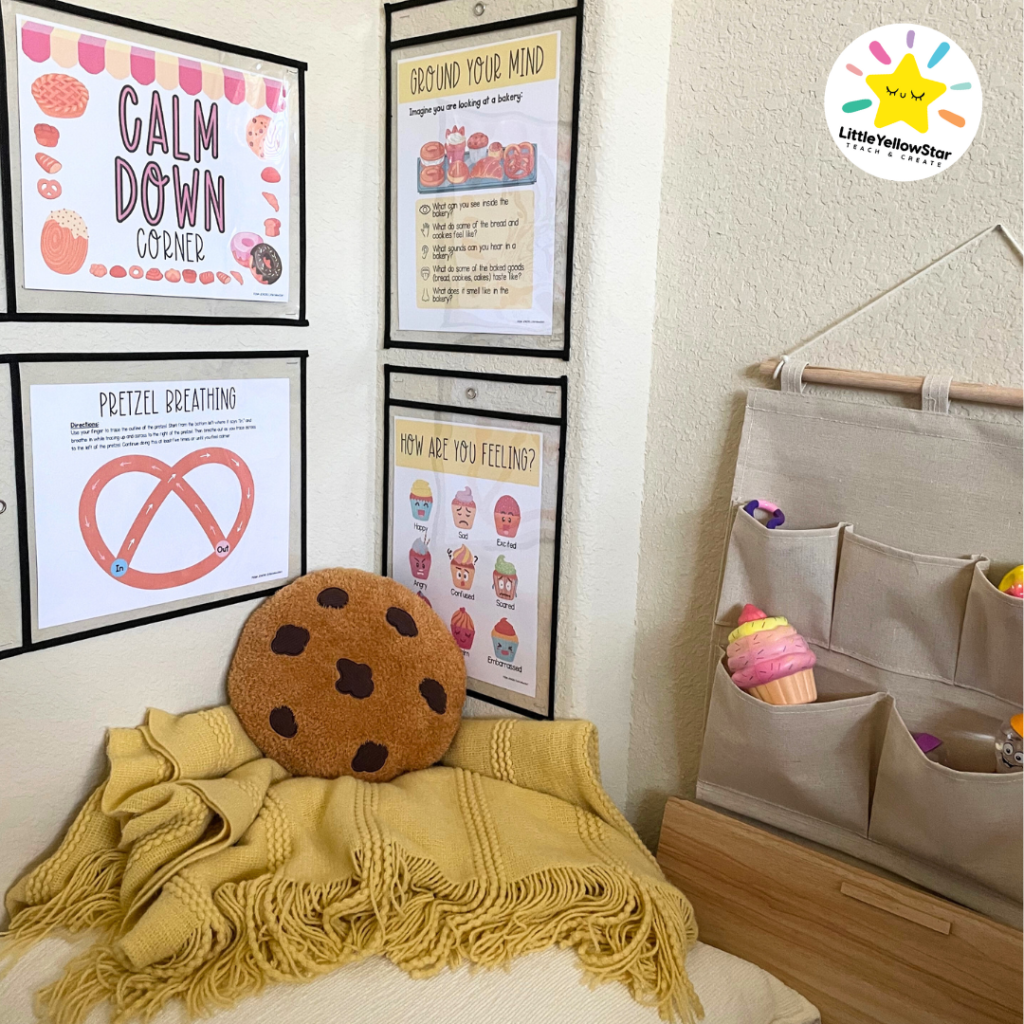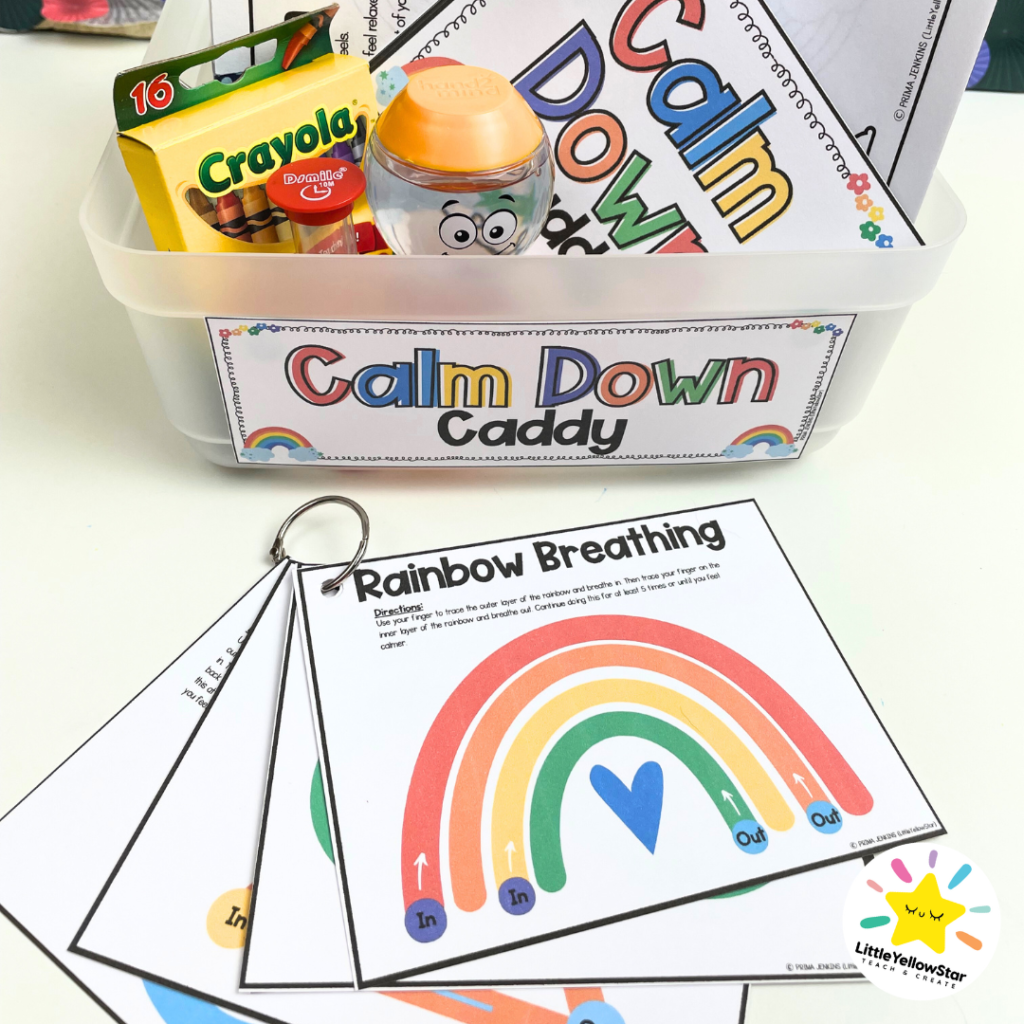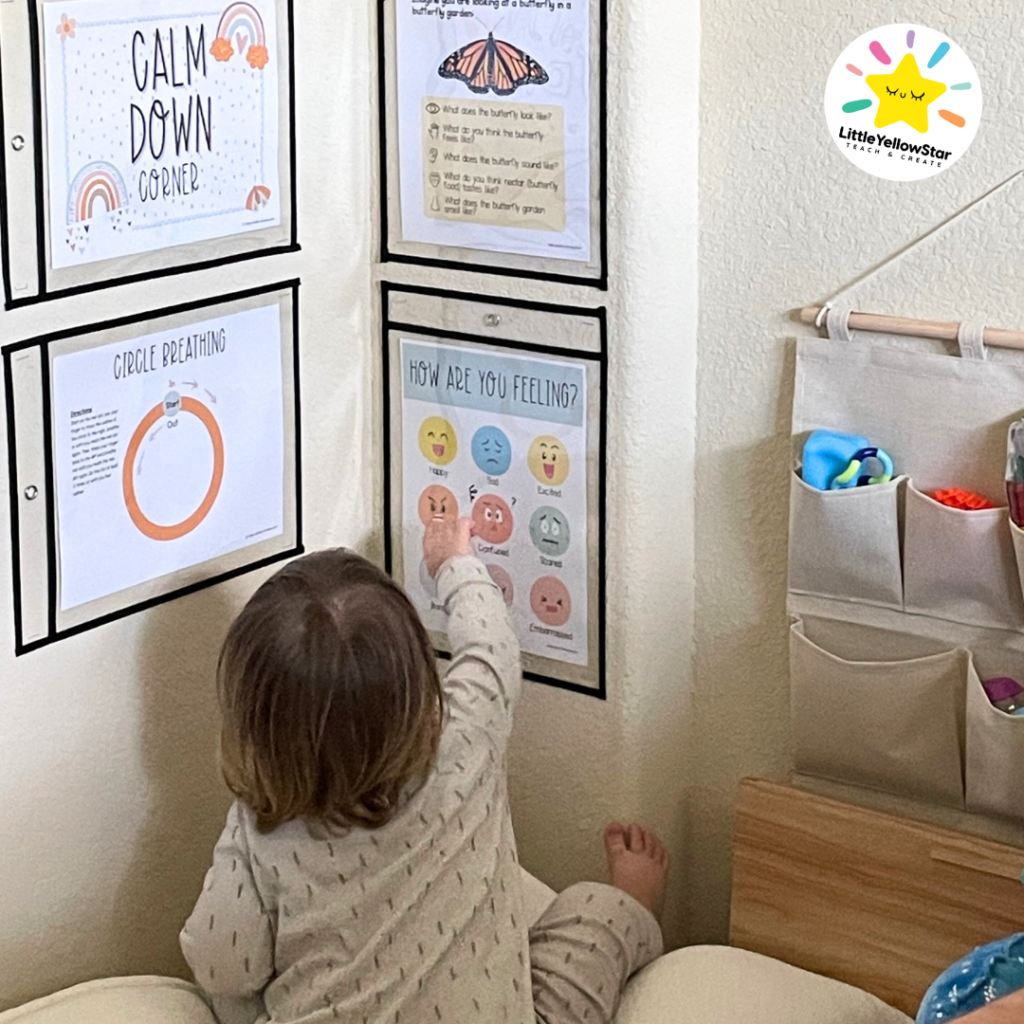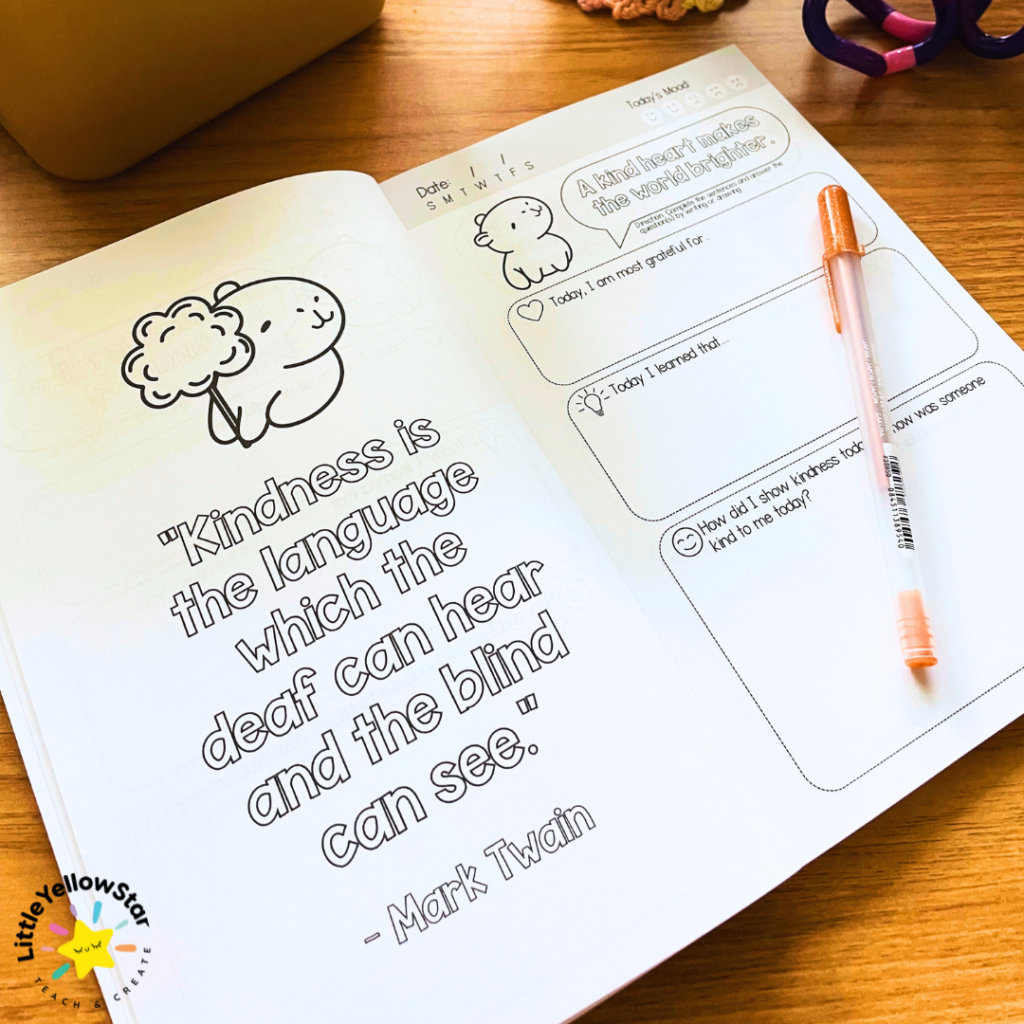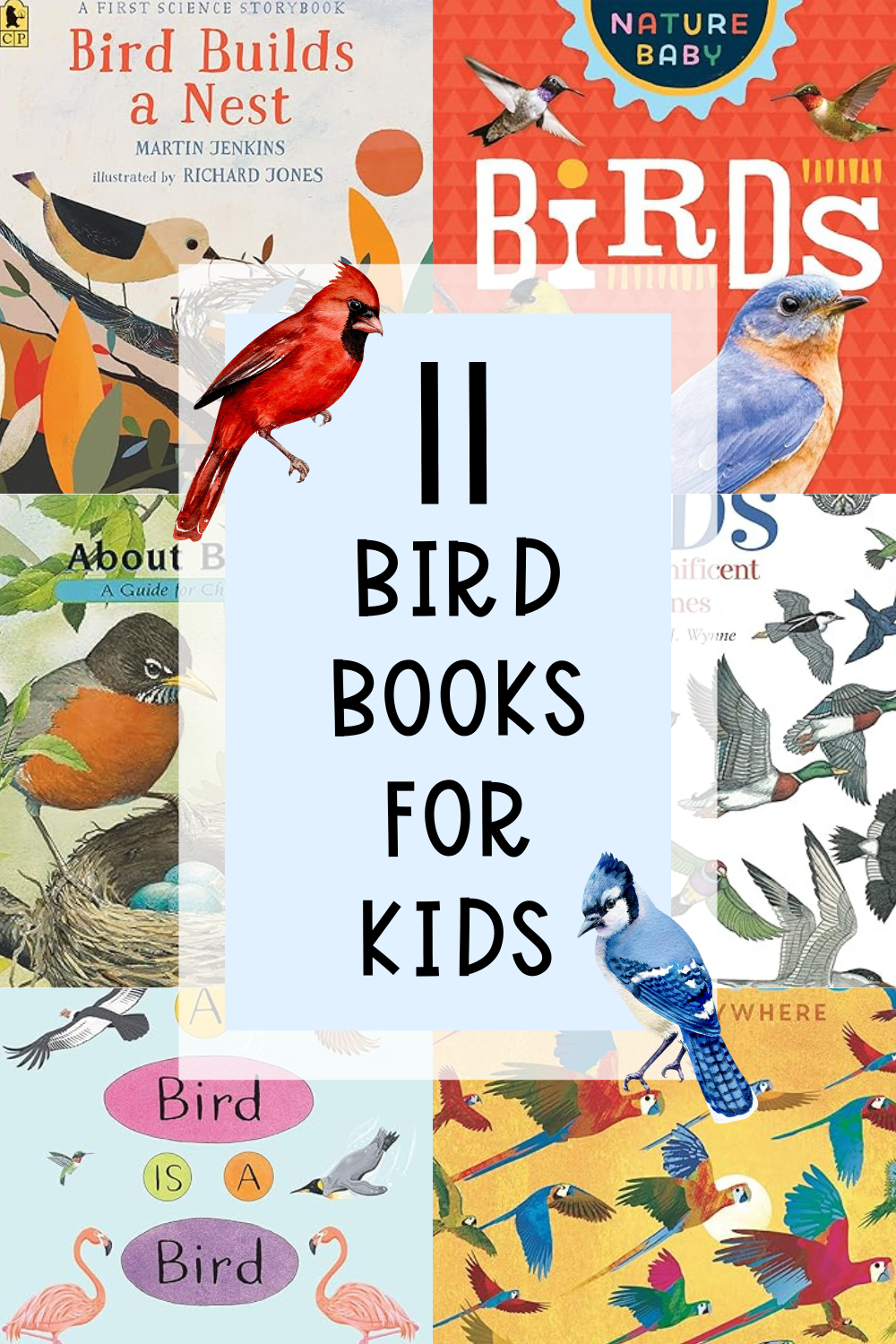***Disclosure: This post contains an Amazon affiliate link that at no additional cost to you, I may earn a small commission when you purchase through the link from my blog. Thank you for your support!
You’ve likely seen Calm Down Corners trending online, as known as these magical spaces where kids can self-regulate within minutes. They look so cute and cozy with posters and tools, making you wonder if you should create one at home.
First, let’s bust a big myth: Calm Down Corners don’t magically make kids self-regulate.
The effectiveness isn’t due to their picture-perfect setup. The real magic lies in how they’re introduced and used.
Let me explain why they work so well in classrooms, whether you actually need one, and if you decide you do – how you can make them work at home.
Grab these free resources to make your teaching life easier!
Why Calm Down Corners Work in Classrooms
In classrooms, students lack private spaces to calm down. A designated Calm Down Corner provides a much-needed private area to regulate emotions without attracting unwanted attention.
We’ve all been in a classroom or a similar setup (meetings). If you started to feel extremely overwhelmed, would you feel comfortable bursting out in tears right then and there? No, you wouldn’t. And if you do start to express your intense emotions, you are often greeted by the feeling of embarrassment and sometimes shame.
As adults, we have the choice and autonomy to walk out and leave the scene. In the classroom, as children, you cannot do that, mainly for security and safety reasons. Kids don’t have that autonomy, so they are stuck in an environment where they can’t take an emotional break.
A Calm Down Corner works in the classroom because it gives children that quiet space. If introduced well along with a safe classroom culture, children won’t feel embarrassed or ashamed using it.
Based on my experience in the classroom, I can tell you that this is the number one reason it works; everything else is just an added bonus that can make it better.
Do You Need One At Home?
At home, children have more freedom and space to manage their emotions. Any quiet space can serve as a Calm Down Corner, whether it’s their bedroom, the kitchen, or a play area.
If my daughter starts to feel extremely angry in the living room, I could just help her regulate her emotions right there. At that moment, the living room is the Calm Down Corner.
If your house has more than one child or can be chaotic at times, you might need a more dedicated space, but it doesn’t have to be a corner. Your child’s bedroom can be their Calm Down Corner.
So when it comes to the home, I am just going to call it Calm Down Space.
Before we continue, let’s address the number one mistake that most parents make with the Calm Down Space. This is after chatting with some and reading about it in parenting forums (hi reddit), the number one mistake is treating the Calm Down Space as a Timeout space.
A Calm Down Space is NOT a Timeout space. If using timeout works for your family, you don’t need to stop, but keep these two spaces separate.
Children don’t get sent to the Calm Down Space because they did something bad or because their emotional experience is unacceptable. They go to the Calm Down Space to be in a safe space to regulate their emotions.
What About All The Other Self-Regulation Tools?
I am not a counselor, everything I’m sharing with you today is based on my own personal experience. Self-regulation tools are great, but they are an added bonus if you have a safe space at home for your child to regulate their emotions. This really depends on the child and their needs; some children might need more help, some don’t. Always talk to your child’s healthcare provider for more information.
What worked for me as a kid and that I’m still using as an adult was learning to control my breathing. I’m not talking about going straight into meditation mode, just controlling my breath.
My grandmother taught me to count to 3: breathe in 1-2-3, breathe out 1-2-3, and do this 3 times. Everything was in threes, so it was easy to remember.
In the classroom, I found that using visual breathing techniques helped students calm down. It’s easy for them to look at the breathing technique and know exactly what to do. Other easy-to-remember breathing techniques include smelling the flower and blowing the candle.
Other visual cues and sensory tools can help, but it depends on what resonates with your child. This is the benefit of having a Calm Down Space at home because you can individualize it based on what actually works for you child.
Creating an Effective Calm Down Space at Home
- Pick a Good Location: If your child is old enough, ask them what the best calm down area in the house is. There’s often one spot where your child feels safer, so if possible, let them pick.
- Start Simple: Begin with a floor pillow, a blanket, and a cuddly toy. Involve your child in this process if possible, as they will know best what items help them feel comfortable and safe.
- Teach Self-Regulation Tools: Pick one or two self-regulation techniques/tools for your child. Select at least one breathing technique. If your child is active, choose a technique involving movement like yoga poses. You can make them visual with posters or calm down cards.
- Practice Before Using: Practice using the self-regulation tools and hanging out in the calm down space before your child actually needs to calm down. This allows them to know what to do when they need the space and the tool the most.
- Be Present: Initially, stay with your child in the Calm Down Corner to guide them until they can self-regulate. The Calm Down Space is not magical. Stay with your child until they feel confident and safe to try and regulate their emotions on their own.
My Own Personal Experience
Seeing that Calm Down Corners work in the classroom and since I have created resources that have been effective for my students, the first thing I did once I felt my daughter was ready was to create a Calm Down Corner at home.
I invested in a Princess tent, floor mattress, and went Pinterest crazy. It cost me more than I want to admit, only to have my daughter humble me by not wanting to set foot in it.
As of the time of writing this post, she loves a floor pillow in the corner of our guest bedroom. I believe it’s because my sister (her aunt) stays in that room when she visits, and it has become my daughter’s favorite calm space.
She loves the finger tracing breathing techniques. She still struggles to control her breath but loves tracing along. She also loves looking at faces, so I created a “How Are You Feeling” poster with different emotions. She points to show how she feels, even when she is crying and screaming—it’s definitely interesting to watch.
Does it make her calm down faster? I’m not sure yet since she is so young. However, she’s able to identify more of how she’s feeling and use the finger tracing breathing poster. Because of her age, I don’t feel comfortable sending her there to self-regulate alone. My husband and I always stay with her. It’s going to be a fun ride for sure. Actually, I never had to send her; she goes there by herself when she’s feeling a bit overwhelmed, and one of us chases after her.
I’ll continue updating this post with insights from my parenting journey. Stay tuned!
Conclusion
While Calm Down Corners or having a Calm Down Space can be beneficial at home, they don’t need to be elaborate. Involve your child in setting it up and focus on teaching self-regulation techniques. If there is anything I missed, please share your experiences and tips with other parents to help them create effective calming spaces.
Happy teaching!
Prima at LittleYellowStar
Check Out Capybara-Theme Daily Reflection Journals For Kids!
* * *

